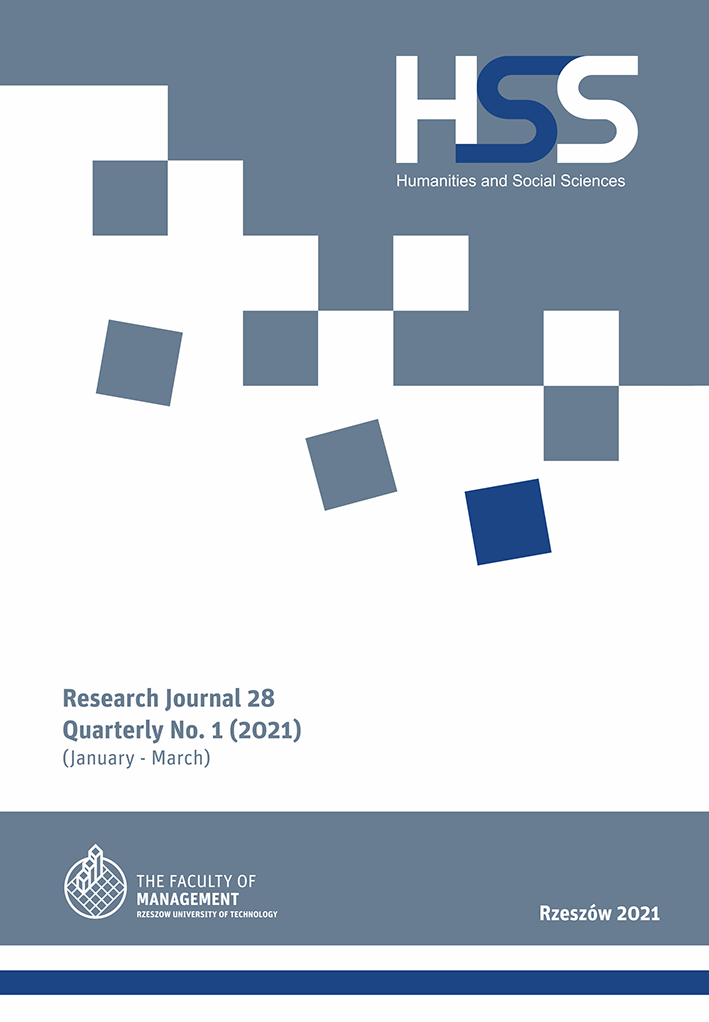Abstract
This article investigates the relationship between language and ideology and provides an account of the representation of sex as physical contact in contemporary American men’s magazines, as well as the specific role that metaphors play in perpetuating the view that men are constructed as the aggressors and women as the victimized and attacked. The method applied to retrieve the data is manual searching. The analysis is carried out in the spirit of Cognitive Linguistics, with particular emphasis on the notion of Lakoff and Johnson’s conceptual metaphor framework. It is based on the assumption that in many cases, the overall view of sex seems to be one of hostility, violence, and dominance, where the SEX IS WAR (but also SEX IS PUNISHMENT) metaphor functions as a device of masculinization since war is still typically perceived as a male activity, which, in turn, may lead to certain detrimental psychological consequences.
References
Baider, F. H., Gesuato, S. (2003). Masculinist Metaphors, Feminist Research [Access: 5.07.2020]. Access on the internet: http://www.metaphorik.de/sites/www.metaphorik.de/files/journal-pdf/05_2003_baidergesuato.pdf
Bolinger, D. (2014). Language – The Loaded Weapon: The Use and Abuse of Language Today. London: Routledge.
Cameron, D., Kulick, D. (2003). Language and Sexuality. Cambridge: Cambridge University Press.
Cheney, V. T. (2004). The Sex Offenses and Their Treatments: The Problem – The Solution –The Commentary. Bloomington, Indiana: AuthorHouse.
del-Teso-Craviotto, M. (2006). Words that Matter: Lexical Choice and Gender ideologies in women’s magazines. “Journal of Pragmatics” 38.
Dobrovol’skij, D., Piirainen, E. (2005). Figurative Language: Cross-cultural and Cross-linguistic Perspectives. Amsterdam: Elsevier.
Duda, B. (2008). Downstairs, Upstairs and Other You-Know-Whats. On Human Conceptualization of Taboo. “Studia Anglica Resoviensia” 8.
—— (2014). The Synonyms of Fallen Woman in the History of the English Language. Frankfurtam Main: Peter Lang Edition.
Gibbs, R. W. (1994). The Poetics of Mind: Figurative Thought, Language and Understanding. Cambridge: Cambridge University Press.
Goatly, A. (2007). Washing the Brain: Metaphor and Hidden Ideology. Amsterdam: John Benjamins Publishing.
Lakoff, G., Johnson, M. (1980). Metaphors We Live By. Chicago: The University of Chicago Press.
Lakoff, G. (1987). Woman, Fire, and Dangerous Things: What Categories Reveal about the Mind. Chicago: The University of Chicago Press.
Litosseliti, L., Sunderland, J., eds. (2002). Gender Identity and Discourse Analysis. Amsterdam: John Benjamins Publishing Company.
Ljung, M. (2007). Swearwords. Denmark: Nörhaven Paperback.
Kövecses, Z. (1986). Metaphors of Anger, Pride and Love. Benjamins: Philadelphia.
—— (2005). Metaphor in Culture: Universality and Variation. Cambridge: Cambridge University Press.
—— (2008). Metaphor and Emotion [In:] Gibbs, R. W., The Cambridge Handbook of Metaphor and Thought. Cambridge: Cambridge University Press.
—— (2010). Metaphor: A Practical Introduction. Second Edition. Oxford: Oxford University Press.
—— (2015). Where Metaphors Come From: Reconsidering Context in Metaphor. Oxford: Oxford University Press.
—— (2020). Extended Conceptual Metaphor Theory. Cambridge: Cambridge University Press.
MacKinnon, C. (1982). Feminism, Marxism, Method, and the State: An Agenda for Theory. “Signs”, Vol. 7, No. 3, Feminist Theory (Spring, 1982).
Maslow, A. H. (1943). A Theory of Human Motivation. “Psychological Review” No. 50 (4).
McNair, B. (2013). Porno? Chic! How Pornography Changed the World and Made it a Better Place. New York: Routledge.
Morton, M. (2003). The Lover’s Tongue: A Merry Romp Through the Language of Love and Sex. Toronto: Insomniac Press.
Oxford English Dictionary (OED). Access on the internet: https://www.oed.com/.
Williams, T. R. (2012). Empowered Femininity: The Textual Construction of Femininity in Women’s Fitness Magazines. Newcastle upon Tyne: Cambridge Scholars Publishing.
Wodak, R., ed. (1997). Gender and Discourse. London: SAGE Publications.


